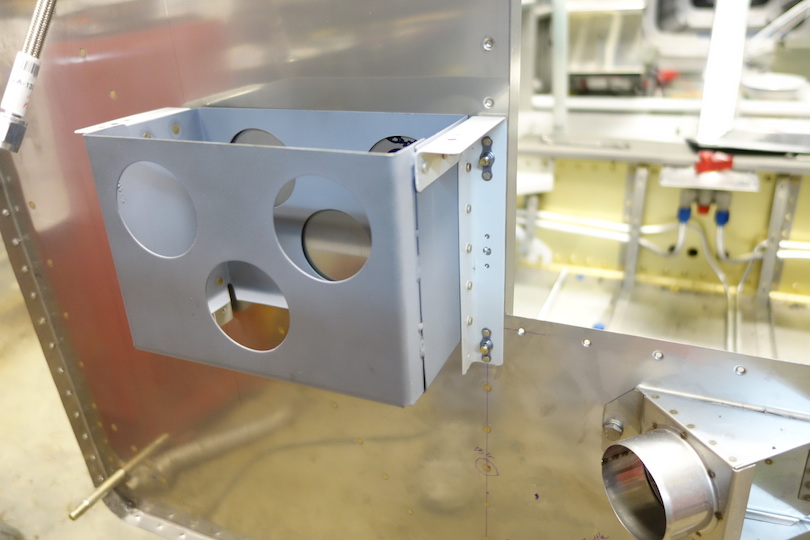Yes, that is one of my tests. That test was actually on the LFX18 that had been my aircraft's primary and only battery for more than a year - acting as both starter and ground operations battery before becoming the "backup battery" it is now. It was originally put into service as a one-for-one replacement for an Odyssey PC680. Both the LFX18 and the PC680 gave identical starter performance.
With my new panel being electronic with redundant electronic instruments, I wanted a second battery. I went with the LFX36 (thinking more is better).
Kathy / TJ - thanks for all the information you are providing to this thread and this community. We are all smarter (or at least better educated) for your participation.
Thanks for explaining the details - testing methods, ratings, and calculations - you had provided earlier. I didn't pick up on the fact you were not singling out Shorai - rather, your concern was between the deep cycle lead acid battery and any of the current LiFePO4 batteries on the market - EarthX, Shorai, etc.
BTW: when it comes to warranties, it seems everyone finds a means to limit risk exposure. The
EarthX exclusion clauses do not call out specific applications but has a number of scenarios and a broad general statement. It seems our application isn't covered by either vendor - except, perhaps the cost of the battery.






